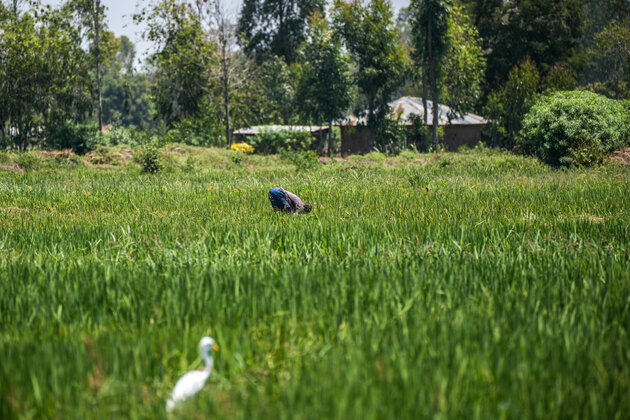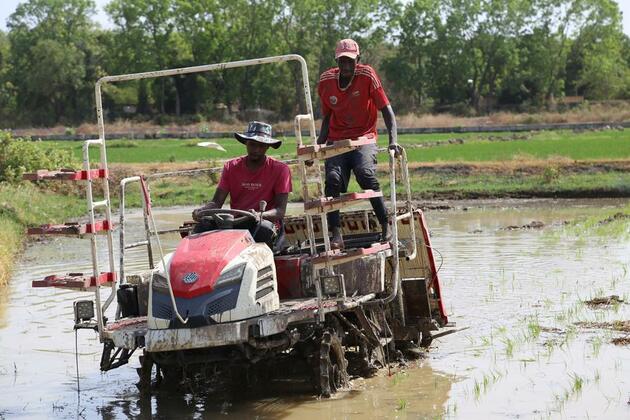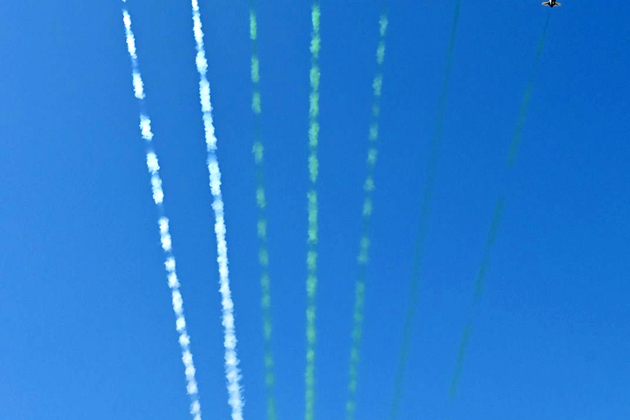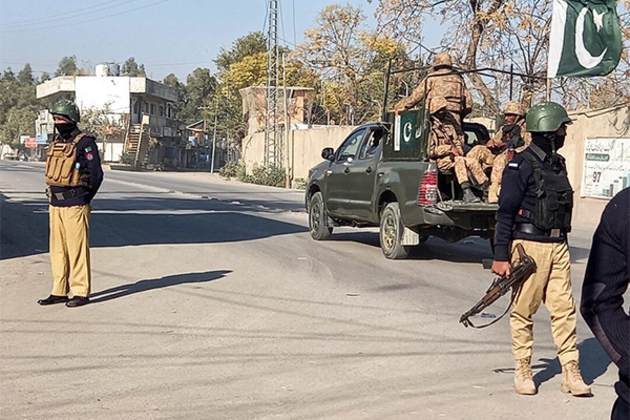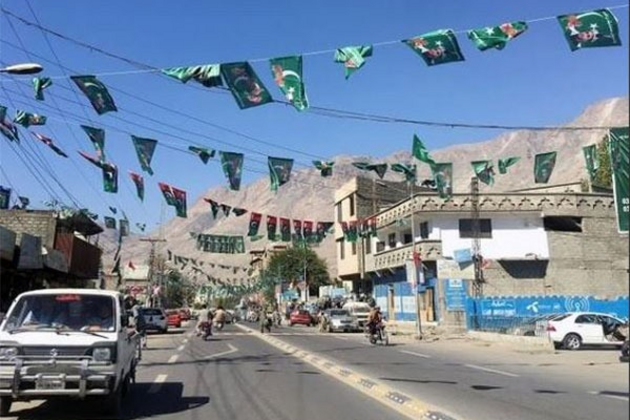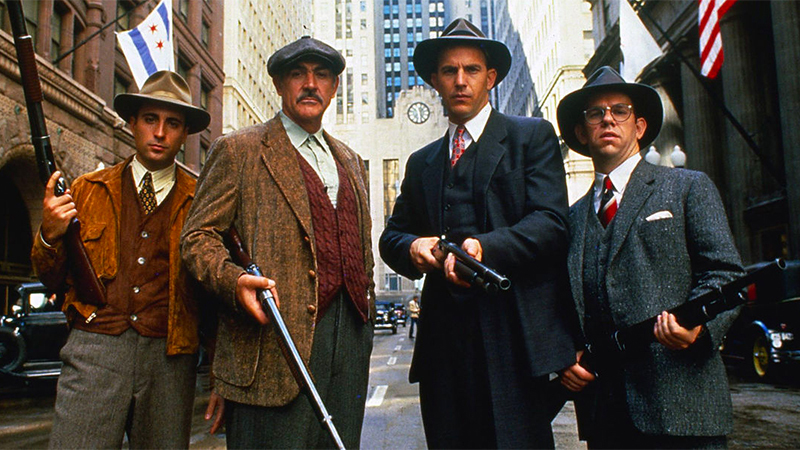African safaris and colonial nightmares: a visit to artist Roger Ballen's latest show
The Conversation
23 Mar 2025, 04:35 GMT+10

Born in the US, Roger Ballen, the internationally renowned photographer, has lived in South Africa since the 1970s.
He gained a cult following for his grotesque, surreal images of white poverty, captured on the rural fringes during apartheid. His work exposed not only the exploitation and marginalisation of his subjects but also the reality of apartheid's failure to uplift even its privileged white minority.
Over time, Ballen's practice has expanded beyond photography into a hybrid realm of exhibition, installation and performance. His new Johannesburg space, the Inside Out Centre for the Arts, serves as a theatre for this experimentation.
The name itself, Inside Out, is typically "Ballenesque", evoking the psychological effect he seeks to instil in viewers: a blurring of perception and reality. His exhibition, End of the Game, is an arresting debut for the centre.
Ballen is committed to challenging perspectives on African narratives. Designed as a platform for thought-provoking exhibitions and educational programmes, Inside Out supports a range of artistic practices, including photography, painting, sculpture, installation, drawing and film.
On a recent visit to the centre, Ballen walks me through the exhibition. As a scholar of literature and visual cultures, I am fascinated with this epic engagement with colonial archives and the history of big game hunting in Africa since the 1700s.
Even though the show's been up for over a year, there's no rush to close it, Ballen tells me. It's become the backdrop of many eclectic events at the centre - live tattooing, poetry performances, curatorial talks, music workshops, film screenings, panel discussions. The centre is also proving popular for school group visits.
Read more: The real Johannesburg: 6 powerful photos from a gritty new book on the city
End of the Game is a visual and psychological exploration of the African safari - an experience long entwined with adventure, exploration, and the exploitative legacies of colonialism. It delves into humanity's deep-seated drive to control and assert dominance over nature and wildlife.
Entering End of the Game, visitors are greeted by Tarzan posters and a room filled with photos, books and documentary material on colonial hunting. But down the stairs, the experience shifts dramatically.
Here, Ballen's images merge with eerie, mechanised sculptures of taxidermied (stuffed) creatures and unsettling painted tableaus. It feels like a horror-infused natural history museum.
Ballen blurs the line between documentary and constructed imagery, creating existential psychological dramas within haunting interiors.
Through his depictions of people and animals on the fringes of existence, he invites us to confront both our own alienation from the natural world and also the devastating consequences of our destructive behaviour.
Over the years, the scenes in Ballen's photography have become increasingly elaborate and theatrical. His props, masks, drawings and sculptures have come to feature more prominently than people. The results often look more like mixed media collages than photographs.
Some of these elements are present in End of the Game. It assembles historical artefacts, paintings, colonial and contemporary photographs, as well as carefully staged objects. The result is a critical interrogation of the ecological crisis to which we have contributed. In the context of climate change, the show stands as both a stark indictment and an urgent call to action.
The impulse to compose images beyond the medium of the photograph is what leads Ballen to collect found objects. He explains the process this way:
I am always trying to find things that don't necessarily belong together and in making them belong together in a new way ... It takes the spectator's mind on a journey in another direction, which is important in art.
Nothing is static. Everything is in constant motion. The exhibition is immersive. The viewer and the objects are circling each other. Walking through it feels like entering a jungle, the taxidermied animals look poised for confrontation.
For Ballen, this encounter is both physical and psychological - are animals enemies or figures of beauty? Perhaps coexistence is the question at the work's core. As he explains it:
A central challenge in my career has been to locate the animal in the human being and the human being in the animal.
As the Tarzan posters make clear from the beginning, the idea of Africa has been hyped through Hollywood cliches. The image of it as a wild continent to be tamed and conquered, an unspoiled paradise, or a playground, has persisted. The romance of the African bush has filled the imagination of many foreign writers.
Kenyan writer Binyavanga Wainaina, in his essay How to Write About Africa, satirised this:
Always use the word 'Africa' or 'Darkness' or 'Safari' in your title.
Here, safari embodies the enduring thrill of conquest.
In the screen room, a collaged film is shown, made up of old hunting expedition clips found on YouTube. It is travel propaganda of famous hunting expeditions, led by colonialists and influential western figures.
Ballen, a US-trained geologist, was drawn to South Africa to study and work in the mineral extraction field. His deep engagement with the earth's structure, materials and processes conceptually frames this exhibition, blending the scientific with the surreal.
The show sparks critical conversations on wildlife conservation, responsible tourism and environmental stewardship.
Inside Out was originally intended to be a photography centre, but during construction Ballen started imagining broader possibilities. It evolved into a multi-purpose venue that is a gallery, a theatre and an exhibition space, all in one.
However, the photography centre remains part of the plan. Ballen has bought the property next door, where the photography centre will now be established. Set to open in the last quarter of 2025, the centre will host photography exhibitions, talks and a bookstore, making it one of Africa's few dedicated photography centres.
 Share
Share
 Tweet
Tweet
 Share
Share
 Flip
Flip
 Email
Email
Watch latest videos
Subscribe and Follow
Get a daily dose of Kenya Star news through our daily email, its complimentary and keeps you fully up to date with world and business news as well.
News RELEASES
Publish news of your business, community or sports group, personnel appointments, major event and more by submitting a news release to Kenya Star.
More InformationAfrica
Section22 members of Hakkipikki tribal community fined in Gabon for allegedly having fraudulent documents
Davanagere (Karnataka) [India], March 24 (ANI): Twenty-two members of the Hakkipikki tribal community from Channagiri taluk of Davangere,...
Musk slams South Africa over 'white genocide'
The close adviser to US President Donald Trump has also reiterated that Pretoria won't allow his Starlink service to operate in the...
Wealthy Africans often don't pay tax: the answer lies in smarter collection - expert
Faced with some of the worse debt levels in over a decade, African countries are struggling to find ways to balance their books. Increasing...
African safaris and colonial nightmares: a visit to artist Roger Ballen's latest show
Born in the US, Roger Ballen, the internationally renowned photographer, has lived in South Africa since the 1970s. He gained a...
BRI Stories | Chinese-built irrigation project transforming Kenyan farmers' livelihoods
(250322) -- NAIROBI, March 22, 2025 (Xinhua) -- A farmer works in a field benefited from the Lower Nzoia Irrigation project in Siaya...
(Hello Africa) Chinese rice planting technology boosts agricultural development in The Gambia
Local farmers work for the China-Gambia agricultural technology cooperation project in Central River Division, Gambia, on March 13,...
World
SectionUS weighs broad travel ban covering dozens of countries
WASHINGTON, D.C.: The Trump administration is considering strict new travel restrictions for citizens of dozens of countries, according...
US cuts VOA funding, puts 1,300 staff on leave
WASHINGTON, D.C.: The U.S. government has placed more than 1,300 Voice of America (VOA) employees on leave and slashed funding for...
PAKISTAN-ISLAMABAD-REPUBLIC DAY-CELEBRATION
(250324) -- ISLAMABAD, March 24, 2025 (Xinhua) -- Jets perform aerobatic maneuvers during the Republic Day military parade in Islamabad,...
Pakistan registers terrorism charges on human rights leader Mahrang Baloch
Quetta [Pakistan], March 24 (ANI): Pakistan's Police has registered an FIR against Mahrang Baloch, chief organiser of the Baloch Yakjehti...
16 Khwarij terrorists killed as Pakistan repels border infiltration
North Waziristan [Pakistan], March 24 (ANI): Pakistani security forces successfully repelled an infiltration attempt by Khwarij terrorists...
Pakistan Tehreek-e-Insaf says its Pakistan Day rally faces 'resistance' in Karachi
Karachi [Pakistan], March 24 (ANI): A Pakistan Day rally organised by the Pakistan Tehreek-e-Insaf (PTI) on Sunday faced 'resistance'...




